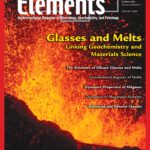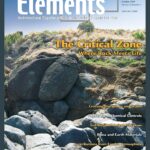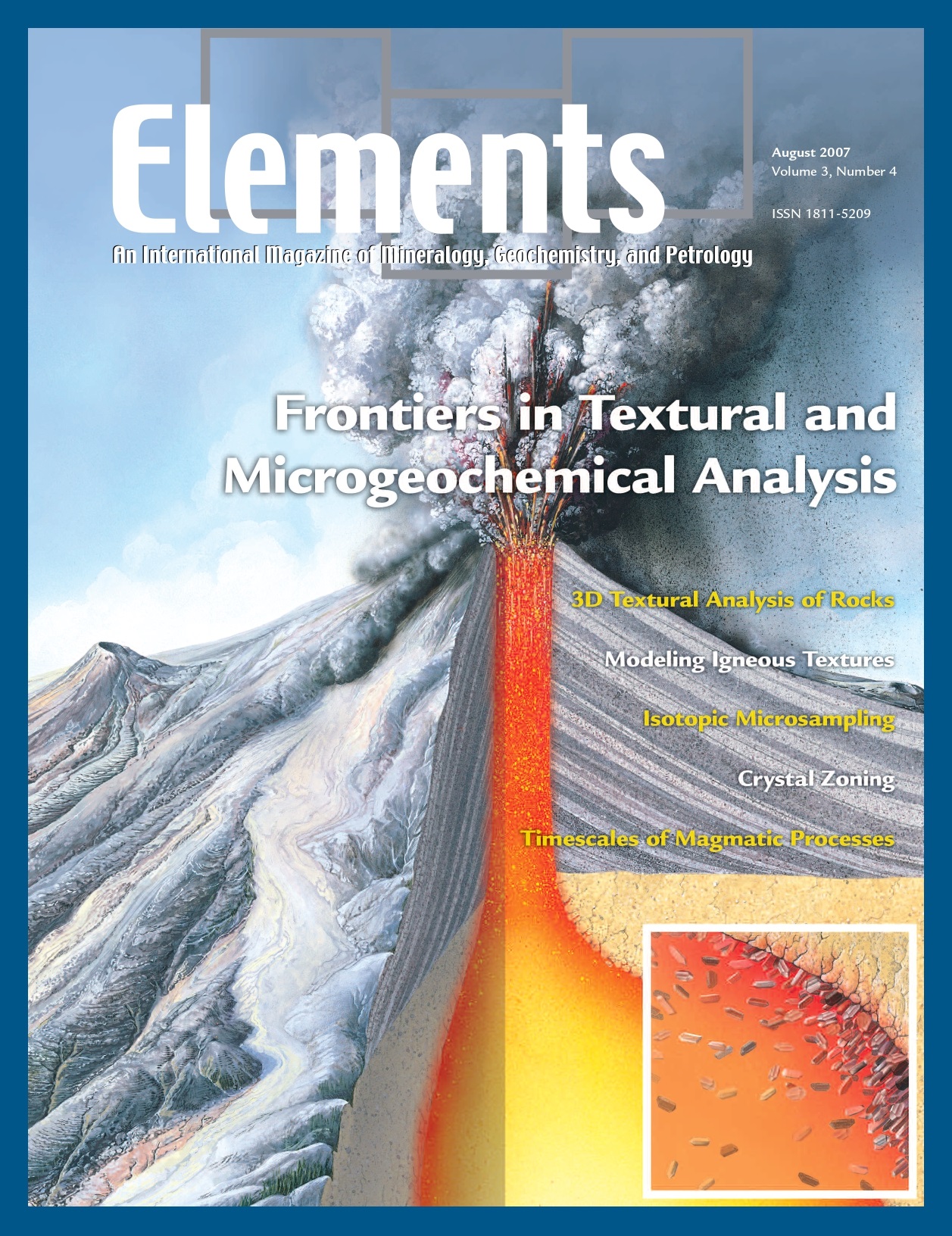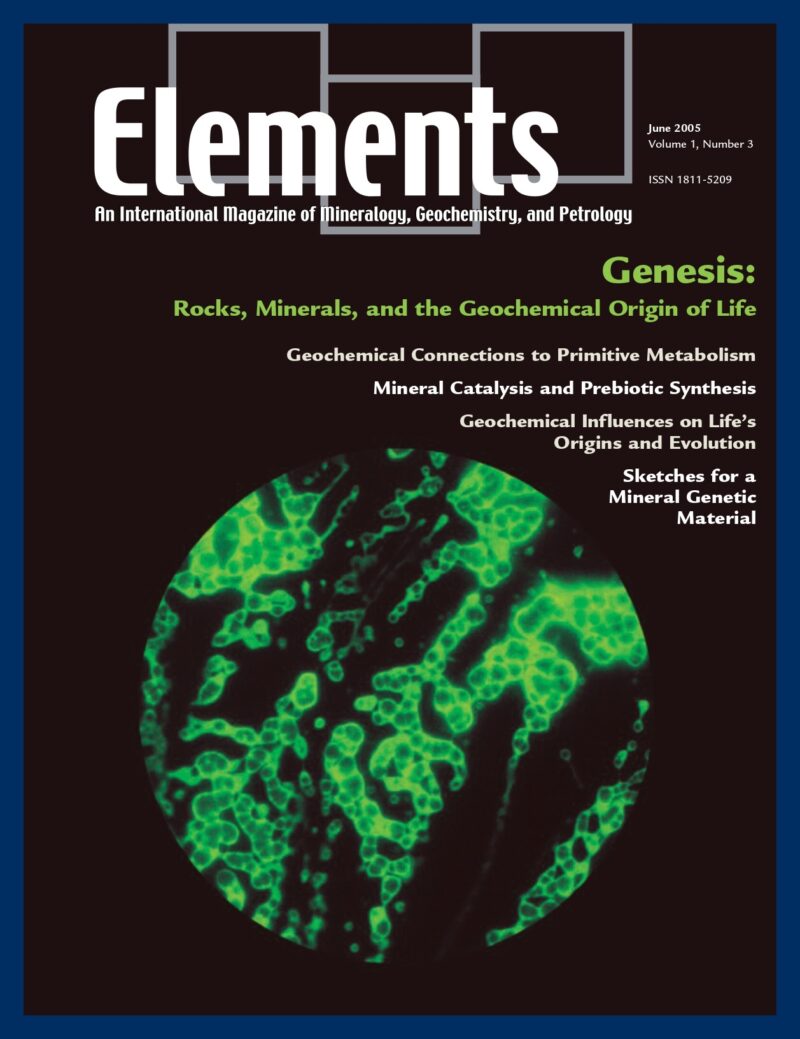
Glasses And Melts: Linking Geochemistry And Materials Science, October 2006, Vol. 2, No. 5
June 28, 2024
The Critical Zone, October 2007, Vol. 3, No. 5
June 28, 2024Frontiers In Textural And Microgeochemical Analysis, August 2007, Vol. 3, No. 4
$20.00
Recent advances have been made in high-resolution in situ methods to image mineral growth patterns, analyse compositional and isotopic zonation, and improve our ability to visualize, study, and model rock textures in three dimensions. These advances provide a significant step forward in the understanding of how rocks form and the history they can tell us.
Frontiers In Textural And Microgeochemical Analysis
August 2007, Vol. 3, No. 4
Recent advances have been made in high-resolution in situ methods to image mineral growth patterns, analyse compositional and isotopic zonation, and improve our ability to visualize, study, and model rock textures in three dimensions. These advances provide a significant step forward in the understanding of how rocks form and the history they can tell us. Computer-aided reconstructions and 3D modelling of textures, advanced models of crystallisation and very high-resolution sampling of within-crystal geochemical variations are at the frontiers of current studies in igneous petrology. This thematic issue highlights the integration of textural and geochemical information as a powerful tool in the understanding of igneous rocks, and provides examples that researchers in other disciplines may use to further advance their studies.
Why You’ll Love Elements Magazine:
- Expert Contributors: Articles written by renowned researchers in the field of geoscience.
- Engaging Content: Join a community of readers who are passionate about Elements.
- Exceptional Quality: Each issue is printed on high-quality paper with stunning visuals and detailed illustrations that bring complex scientific concepts to life.
Order your copy of the August 2007 issue of Elements magazine today and delve into frontiers in textural and microgeochemical analysis.
Related products
-
Fluids in Planetary Systems, January 2005, Vol. 1, No. 1
$20.00Water and other geofluids play an important role in the geochemical and rheological evolution of the Earth and other bodies in the solar system. These fluids are responsible for the formation of hydrothermal mineral deposits, affect eruption behavior in volcanic systems and the geophysical properties of the mantle, and significantly affect the way in which rocks deform and fracture.
-
Genesis: Rocks, Minerals, And The Geochemical Origin Of Life, June 2005, Vol. 1, No. 3
$20.00Few scientific questions so capture the public imagination, or provoke such lively debate, as how life on Earth emerged. In this issue of Elements, four of the most creative minds in origins research present their original insights on the geochemical origins of life.
-
Toxic Metals In The Environment: The Role Of Surfaces, September 2005, Vol. 1, No. 4
$20.00Metals are prevalent in the environment. They are derived from both natural and anthropogenic sources.




